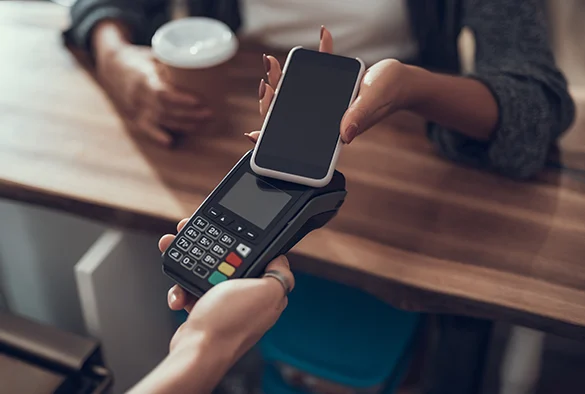Quinnox Improves Digital Banking Efficiency and Customer Experience with Multi-Platform Application Development
A UK-based e-money provider that offers app-based transactions, splitting payments and driving wider sustainable finance initiatives.
Read more




